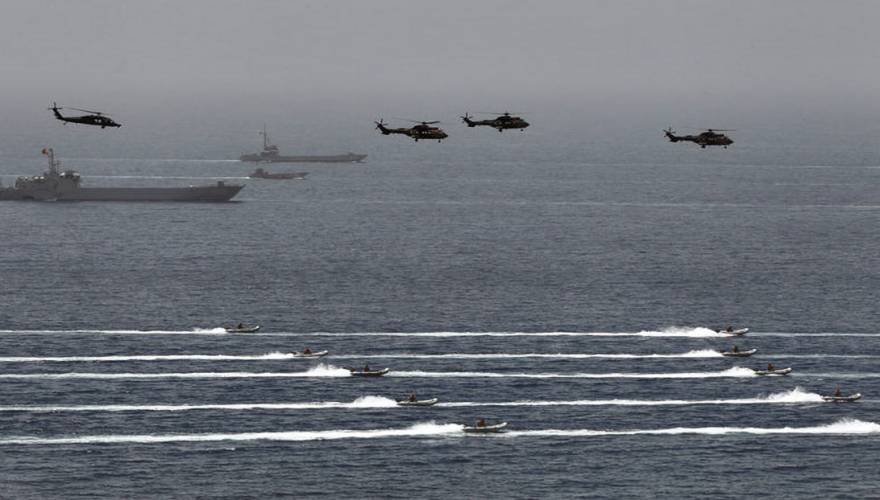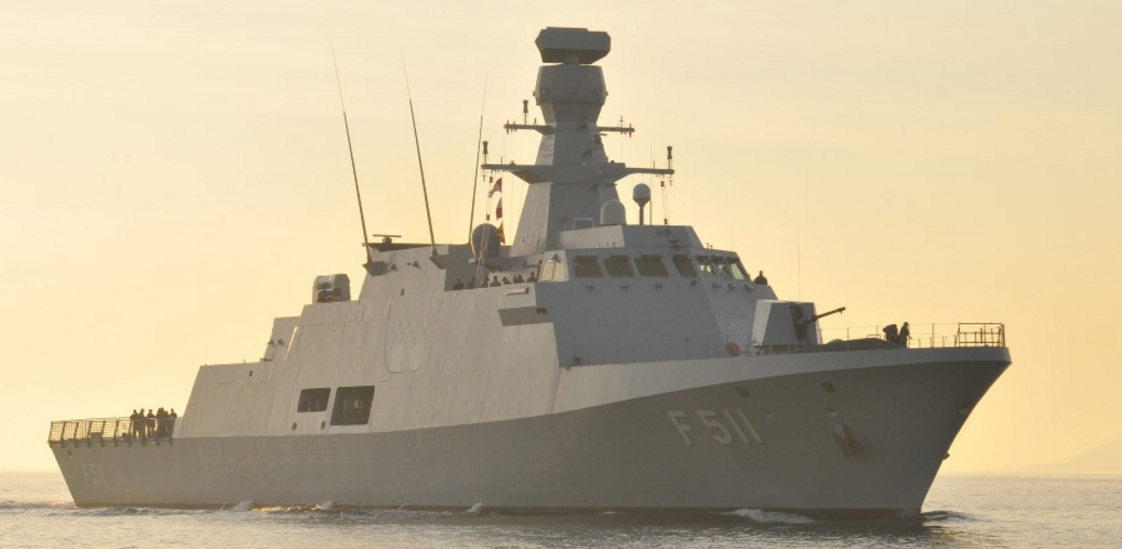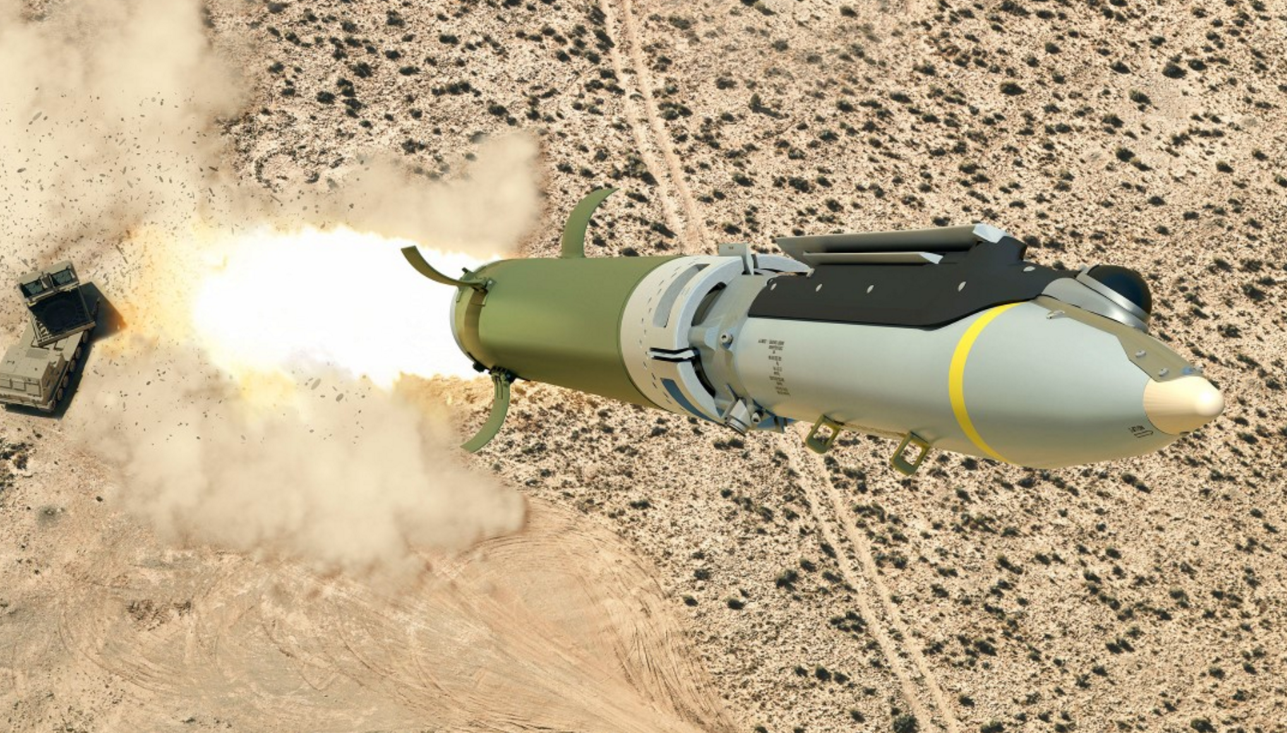3278Views 0Comments

Key military exercises in the Middle East
The following is a brief overview of several exercises that are currently taking place (or have recently taken occurred) in the Middle East, specifically over the past several weeks.
EFES 2016 | Turkey
On 31 May, Turkey kicked-off the first major war-game maneuvers of EFES 2016, a multi-national exercise it is hosting in the Western Anatolia region. Joining it are personnel from the U.S., Britain, Germany, Saudi Arabia, Pakistan, Poland, Qatar and Azerbaijan. In addition, observers from 79 countries are also present.
The exercise is covering the full gamut of operational capabilities; from land forces (e.g. infantry and light as well as heavy armour) to naval warships, attack helicopters and even fighter aircraft (including F-15SA Strike Eagles from Saudi Arabia). EFES 2016 will end on 04 June.
Eager Lion 2016 | Jordan
Between 15-24 May, Jordan and the U.S. conducted a bilateral exercise under the name Eager Lion. It is an annual exercise designed to raise the capacity of the Jordanian Armed Forces. About 6000 personnel, half of which from the U.S., participated in the exercise.
The aim of Eager Lion 2016 was to “simulate a coordinated, partnered military response to conventional and unconventional threats.” As such, the two sides looked at training in the following areas: border security, cyber-security, battle-space management, and command and control.
Anatolian Eagle 2016 | Turkey
In parallel with EFES 2016, Turkey also commenced its marquee fighter training exercise, Anatolian Eagle, on 31 May. A large-scale exercise, comparable in scope to Red Flag, Anatolian Eagle has two components: a national element involving only the Turkish military, and a multi-national portion including a number of countries with whom the Turkish maintains defence ties. Anatolian Eagle 2016 will involve participants from Saudi Arabia, Australia, Pakistan, Italy, Azerbaijan, and the Netherlands. For 2016, the Pakistan Air Force (PAF) is sending six F-16s (from its No 11 “Arrows” squadron) and 90 personnel comprised of pilots, engineers and technicians.
Comment and Analysis
There are at least two kinds of multi-national exercises: routine and intensive programs meant for training and exposure, and political demonstrations. The former is the most interesting in that the participants, especially their operational-level personnel, have an opportunity to directly interact and learn from one another. It is through such exercises that organizations from different countries are able to gradually build professional relationships, which in turn can transform into long-lasting training programs and initiatives.
A good example is that of Turkey and Pakistan. Not only has Pakistan frequently participated in Anatolian Eagle (since being invited in 2004), but now, the Turkish Air Force and the Pakistan Air Force have managed to sign onto a formal training exchange program. Furthermore, the Turkish Air Force has even participated in exercises in Pakistan, such as Indus Viper and TUSAP Raiders. All things considered, there is no doubt that Pakistan is accruing valuable insight into the standards and procedures at play in modern air forces, especially those belonging to NATO.


